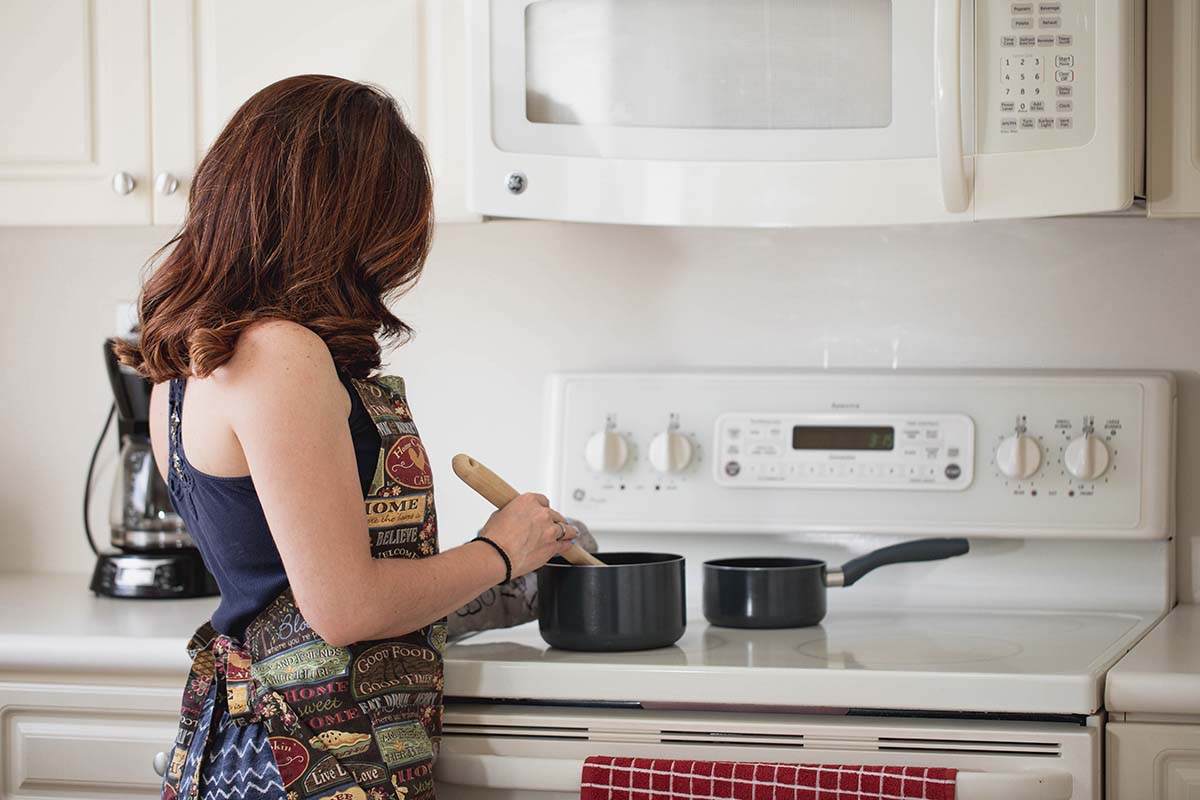
Body + Mind is reader-supported. We may earn an affiliate commission when you buy through some of the links on our site.
How often do you eat at restaurants or order takeout?
If it’s frequently, you should take a step back to examine your options. You may think you’re a lousy cook, but you can become more experienced with practice. Plus, you’ll be healthier and save money as a result. A meal plan can make a difference.
Here are a few tips for how to start meal planning.
Before you choose a recipe, you need to consider your schedule. What does your week look like? This effort will help you understand what you’ll need to prepare, as well as how much you’ll need to make. It’s also essential to think about when you’ll have time to cook. After all, your plan won’t work if you don’t have a chance to make your food.
A calendar can make your job a bit simpler. This way, you have a clear visual to help you map out your meals. You should note which days require a meal — and which don’t. For example, you may grab lunch with friends on Tuesdays. Therefore, you won’t have to prepare anything to take to work. Use this tactic for each date.
Then, you can set aside time when you can cook. The weekend works well to prepare bulk meals, like soups and casseroles. If you usually aren’t home until late, you’ll want to prepare meals ahead of time, so you don’t have to cook at the end of a tiring day. In any case, your approach will depend on your schedule.
You should review your budget before you shop for groceries. If you usually shop at various stores, you can plan how much you want to spend where. You could also break down your food bill into categories. You may have a $10 limit for snacks, for example. These efforts will keep you focused, so you can map out each meal effectively.
A budget doesn’t have to be limiting, though. Countless recipes use hearty, yet inexpensive, proteins as their primary focus. You can also make other substitutions, like choosing frozen vegetables instead of fresh so they last longer. Either way, you’ll be able to maintain your budget much better when you plan meals.
The recipes you choose will depend on your goals and lifestyle. If you have kids, you’ll want meals that can feed a crowd — and potentially picky eaters. You may can vegetables from your garden. In that instance, you should aim for recipes that include those ingredients. Either way, you should consider your family’s needs and resources before saving any recipes. As you start to meal plan every week, you’ll be able to discover go-to recipes that you love to make.
Use those factors to guide you. You don’t have to be overly specific, but you can use a few keywords to make your online recipe search more focused. A phrase like “vegetarian one-pot dinners” will bring up exactly what you need if you’re trying to decrease your meat intake and want easy cleanup. Be sure to look for well-reviewed recipes to make something you’ll enjoy.
Create a folder in your browser with bookmarks for each recipe, so you don’t lose them.
An essential tip in learning how to start meal planning is taking stock of your kitchen. Use a blank document on your computer to copy and paste each ingredient you need for your recipes. Then, look in your refrigerator and pantry to see which items you already have. Delete those goods from your list. The remaining items are what you need to buy at the grocery store.
You can then organize your list to help you when you’re at the supermarket. Feel free to group items and make any other changes needed. If you need to substitute ingredients for healthier options, you can do so now. As long as you have those crucial ingredients for your recipes, you’re ready to shop.
It’s always helpful to do some work beforehand to make your week easier. Take a few hours on Saturday or Sunday after you shop to prepare specific ingredients. You may want to dice vegetables, prepare sauces and complete other small tasks.
It’s much easier to learn how to start meal planning if you set aside time for this prep work.
How do you start meal planning? It may seem a bit daunting at first, but you can quickly adapt to this new practice. Use these suggestions to make your time in the kitchen straightforward and simple.
Your email address will only be used to send you our newsletter, and at any time you may unsubscribe. For more information, see our Privacy Policy.